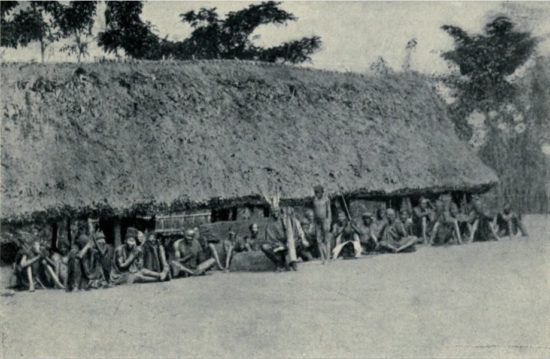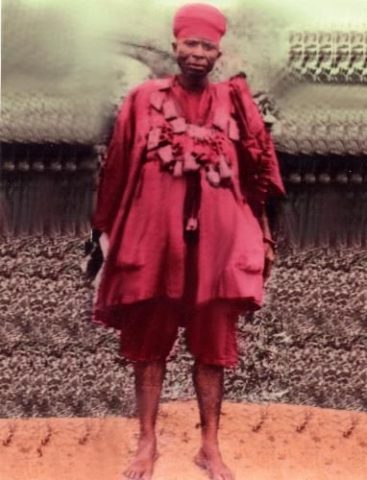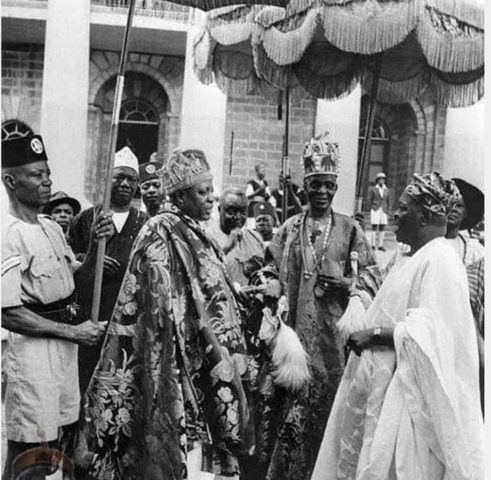Ota Benga | The Story Of A Man That Was Kidnapped & Caged In A Zoo
He was born sometime in the early 1880s in the Ituri Forest, present-day the Democratic Republic of Congo.
Ota Benga was kidnapped from, Mbuti, Congo, and taken to the United States in 1904. When abducted, Benga was said to be 23 years but appeared younger, more like a teenager than a man.
Before his kidnapping, Ota Benga lived on equatorial forests near the Congo Free State’s Kasai River.
His people were attacked by King Leopold II of Belgium’s Force Publique as a militia to control the natives. Some of the villagers were killed, including Ota Benga’s wife and two children.
Others who survived were taken as laborers used to exploit the ample supply of rubber in the Congo.
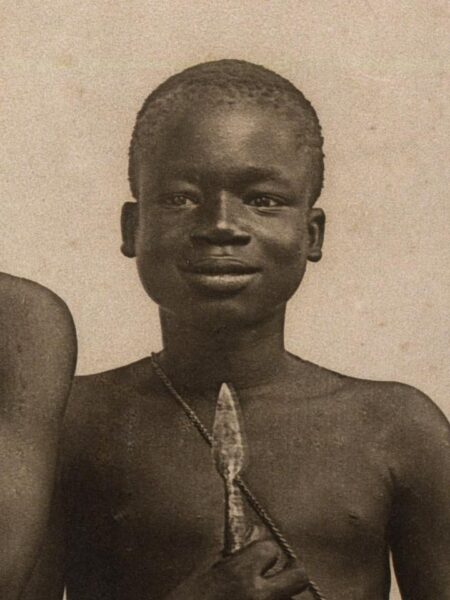
On the day the Force Publique attacked, Ota Benga went on a hunting expedition that saved his life, but “Baschele” slave traders later captured him.
In 1904, American explorer Samuel Phillips Verner, under contract from the Louisiana Purchase Exposition, traveled to Africa to capture and bring back an assortment of pygmies to be part of an exhibition.
While on the journey, Verner discovered Benga and purchased him with a pound of salt and a bolt of cloth from the slave trader.
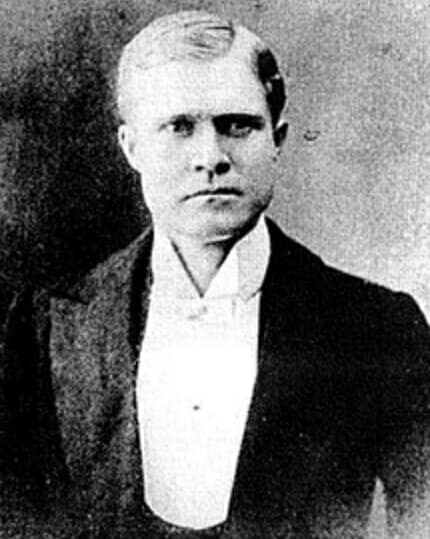
The two spent several weeks together before they got to Batwa village, where Verner intended to recruit more villagers to join him to travel back to the United States.
Due to King Leopold’s forces’ abuses, the villagers had developed a distrust for the white man (muzungu), and Verner was unable to recruit any villager.
Read Also: Sarah Baartman Story | Everything We Know
However, Benga told the villagers that Verner saved his life and spoke about Verner’s world’s curiosity. It made four male Batwa join and accompany them.
In 1904, the group was taken to St. Louis, Missouri, without Verner, who had been taken ill due to malaria.
The Louisiana Purchase Exposition had already begun and put on the Africans on display. Benga was particularly popular due to his teeth filed to sharp points in his early youth as a ritual decoration.
The Africans charged for photographs and performances while Benga was referred to as an ” African cannibal in American” and set visitors five cents to display his teeth.
When Verner arrived months later, he realized the Africans were more of prisoners than performers. Banga and the other Africans performed in a war-like fashion, which gave the crowd the notion that they were “savage.”
Ota Benga accompanied Verner when the other Africans were being returned to Congo, Africa.
He married a Batwa woman and lived there briefly before she died of snakebite. Benga continued to accompany Verner on his African adventures and later returned to the United States with him.
Verner arranged for Benga to stay in the American Museum of Natural History in New York City while he sought employment and presented his acquisitions from African for display in the museum, but the curator Henry Bumpus was more interested in Benga, who was later used as an entertainer in the museum.
Soon Benga became homesick and disaffected; he attempted to slip past the guards when a large crowd was leaving the premises and later threw a chair at a lady when asked to offer her a chair.
Meanwhile, Verner was struggling financially. His negotiation with the museum wasn’t making progress, so he found another home for Benga.
Ota Benga At The Zoo
In 1906, Verner, at the suggestion of Henry Bumps, took Benga to the Bronx Zoo.
He was initially enlisted by the Zoo director Williams Hornaday to take care of the animal’s habitats, but when Hornaday noticed that people took more notice of Benga than the animals, he had an exhibition to feature Benga at the zoo.
While on the zoo as a human exhibition, Benga became entirely found of an orangutan named Dohong, who had been taught to perform tricks and imitate human behavior.
Benga lived at the Monkey House exhibit, and the zoo director encouraged him to hang his hammock there and shot his bow and arrow at a target.
Madison Grants, Secretary of the New York Zoological Society, supported Hornaday, who lobbied to put Benga on display alongside apes at the Bronx Zoo.
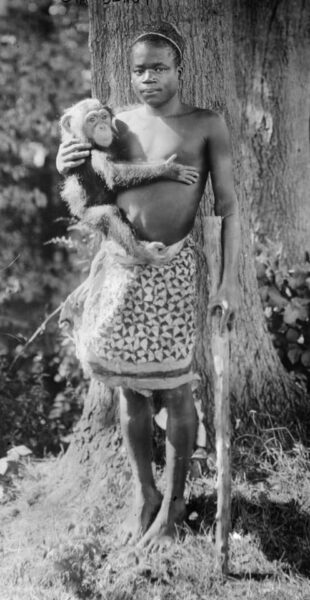
After the zoo exhibition, African-American clergypersons protested to zoo officials about the collection. Verner was still unsuccessful in his search for employment and agreed with Benga to stay in the United States.
Towards the end of 1906, Benga was released into Reverend Gordon’s custody, who placed him in Howard Colored Orphan Asylum.
Read Also: The Nri Kingdom | Igbo Ancient Civilisation
However, the unwelcomed press attention continued. Gordon then arranged for Benga to relocate to Lynchburg, Virginia, where he lived with the McCray family in 1910.
Gordon placed for Benga’s teeth to be capped, brought him American-style clothes, and arranged for him to be tutored in English.
Once he felt his English had improved, Benga began working at a Lynchburg tobacco factory where he planned his return back to Africa.
When World War I broke out in 1914, Benga became depressed as his hope to return home faded.
Why Did Ota Benga Died?
After building a ceremonial fire, Benga chipped off the caps on his teeth and shot himself in the head with a borrowed pistol on March 20, 1916.
He was buried in an unmarked grave in the black section of the Old City Cemetery. In Lynchburg, a historical marker was made in 2017 to remember him.




